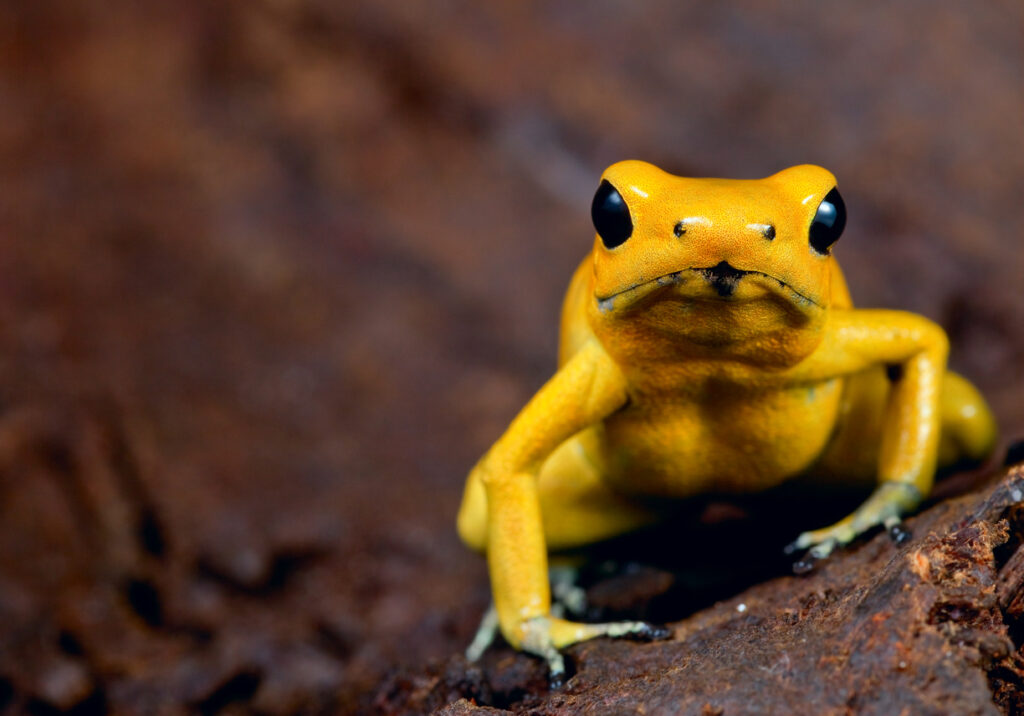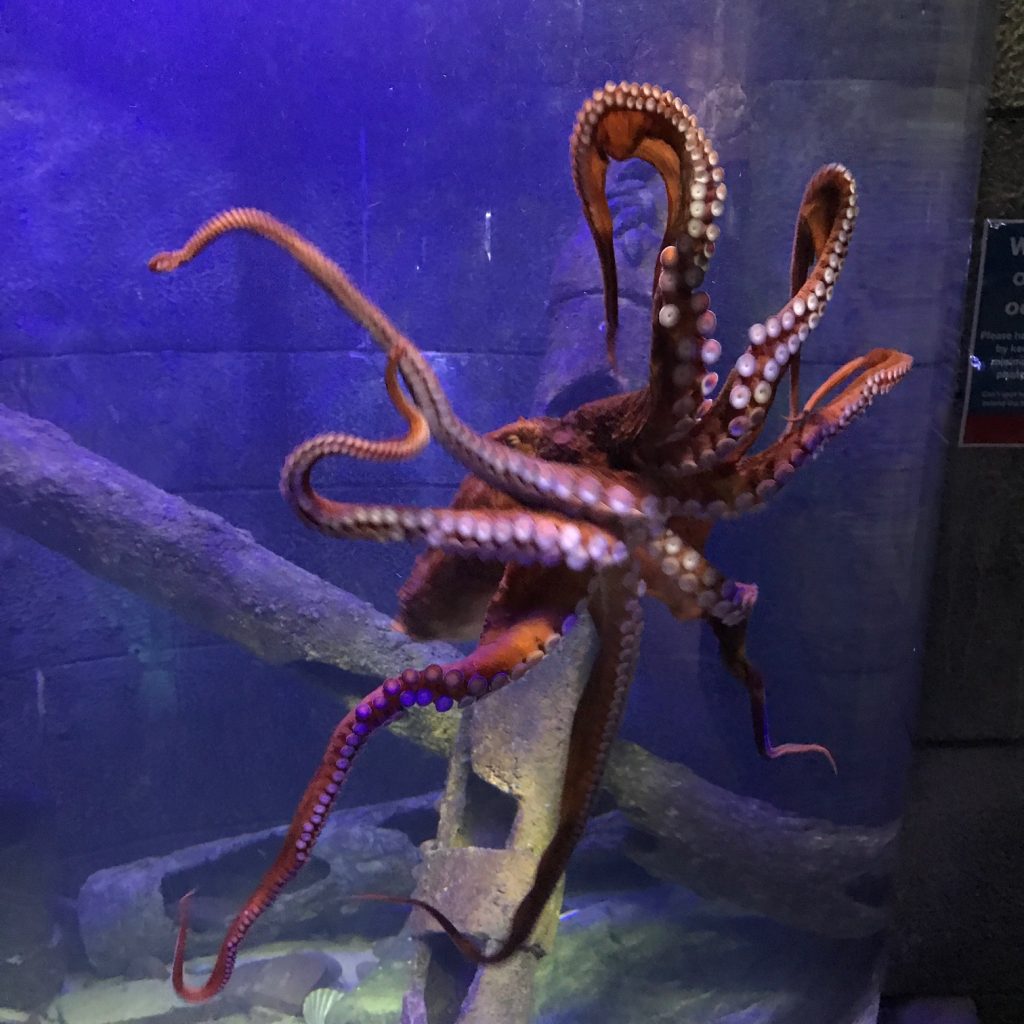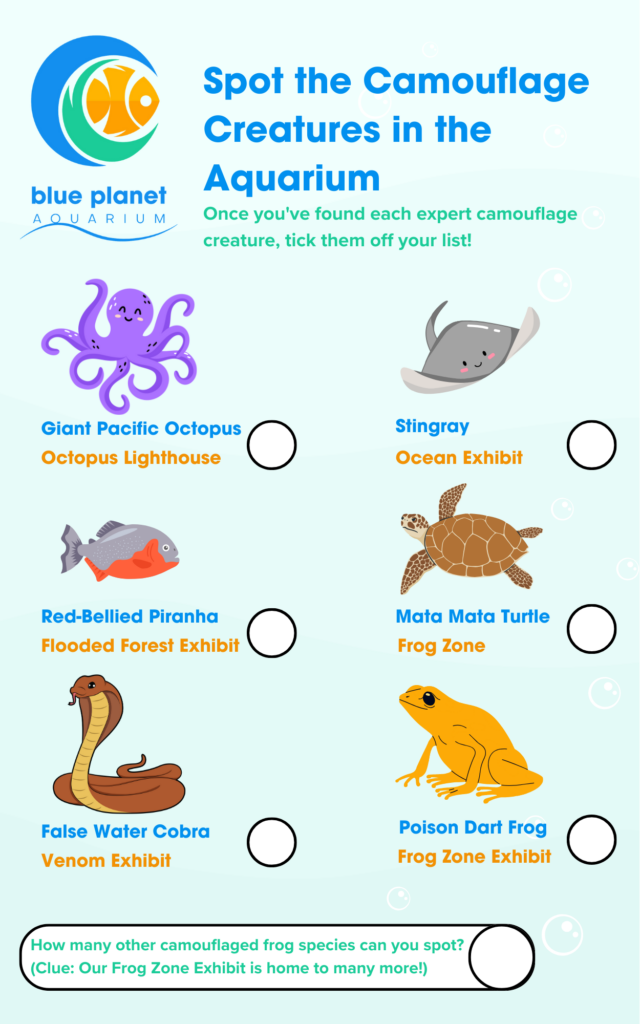Now you see them… now you don’t! There are a number of sea creatures that have developed the ability to camouflage themselves, which is a valuable skill to have when you’re trying to survive out in the open water. However, it’s not just marine life – some amphibians have mastered the art of blending in too.
Here at Blue Planet Aquarium we’re home to a number of animals that might be tricky to spot, but it’s certainly fun trying! Animals that are able to camouflage usually have the ability to change colour, while others might have the perfect markings and colouring to blend in to their surroundings. So, let’s find out why animals camouflage and just how they do it!
Why do animals camouflage?
There are two main reasons why an animal might camouflage itself, both playing an essential role in the animal’s survival. Firstly, animals both in the water and on land may have to camouflage in order to protect themselves from predators. This means there’s a higher chance the predator will simply pass by, and not notice their next meal hiding in plain sight. This is a great defence mechanism for many sea creatures, including fish and octopus.
Secondly, many animals will camouflage so that they can sneak up on their own prey and increase their chances of a successful catch! This clever trick means many creatures are able to avoid going hungry.
How do animals camouflage?
Animals camouflage themselves in a number of different ways. Some don’t need to do anything, while others undergo a physical change in order to become almost invisible. There are a number of camouflage tactics, including background matching, which is the most common. This is where a species is able to hide itself by resembling its surroundings – this can include both colour and texture.
Another way animals can camouflage themselves is through mimicry, where they might look and act like something else altogether. A third method of camouflage is known as disruptive colouration, where an animal may have an unusual pattern or colour that causes a predator to misidentify it.
Interestingly, colour tactics can be used in the reverse as well – which we see in our very own Poison Dart frog! In this way, the animal highlights their identity and species through colouration on purpose. This is known as warning colouration, or aposematic colouration, and is usually done when the animal is poisonous or dangerous to predators. This keeps the animal safe, despite giving itself away with bright colours or markings.

Which animals can camouflage?
So, which animals can successfully hide themselves when needs be? While there are hundreds out there across the land and sea that can successfully camouflage, we’ve handpicked a few of the most interesting… some of which you might be able to see in our exhibits!
Frogs
Frogs in particular are renowned for being masters of camouflage, with colours that help them fade into the vegetation around them while others also use reverse camouflaging tactics. For example, the family of Poison Dart frogs come in an array of beautiful, bright colours including yellow, copper, red, blue and green to clearly show predators they are dangerous and to stay away. See if you can spot our Poison Dart frogs at our Frog Zone exhibit, where you can learn about how these amphibians have evolved to survive their harsh environments.
Other species of frog are incredibly adept at camouflaging, including the glass frog that appears transparent, and the Vietnamese mossy frog that closely resembles a clump of moss!
Cephalopods
Cephalopods is the family of marine creatures that includes octopus, squid and cuttlefish. This family are particularly well-known for their ability to camouflage, including the Giant Pacific octopus, which you’ll also find here at Blue Planet Aquarium. The octopus can rapidly change colour and even texture by using special pigment organs in their skin, known as chromatophores, and may also use items from the ocean to hide itself when necessary, such as shells. As an invertebrate with no skeleton, the Giant Pacific octopus can manipulate its body and hide in the smallest of spaces too.

Cuttlefish are able to control the colour cells within their skin to change colour, pattern and texture – and some will even make shapes with their tentacles to really go the extra mile. They will do this to evade predators, but also to mimic other species in order to catch their next meal, and sometimes to communicate with other cuttlefish.
Fish
Stonefish are a fascinating species that can perfectly match their surroundings with minimal effort. They have an encrusted brown-grey skin with some red or yellow patches, and are typically mistaken for a stone or piece of coral reef. Did you know that stonefish are the most venomous fish in the world?
The Red Bellied piranha camouflages itself through its natural appearance, thanks to its glimmering scales that give it almost a glittery appearance. The way their scales shimmer can make them seamlessly blend in with the sparkling, flowing water!
Download our checklist and see how many animals you can spot in our aquarium.

Tick them off once you’ve spotted them and remember, they might be well-hidden thanks to their camouflage skills! Book your tickets to Blue Planet Aquarium today for a fun-filled family day out.
